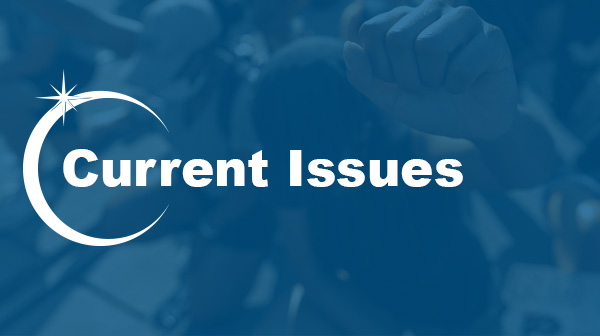Understanding the Supreme Court: Roles of the Chief Justice
By Stephen Wermiel . . . When Chief Justice John Roberts takes his place in the middle seat on the bench, he is performing his most visible and widely known duty: presiding over the Supreme Court. But the chief justice also has a number of other roles, both within the judiciary and outside the court.
Roberts acted in one of those roles a month ago, when he named several new chairs of committees of the Judicial Conference of the United States, the policymaking arm of the federal judiciary. Consisting of the chief judges and one district judge from each of the federal circuit appeals courts, the Judicial Conference meets twice a year to review rules for the judiciary and to recommend positions on legislation that affects the federal courts. As “Chief Justice of the United States,” Roberts is the head of the entire federal judicial system. In this capacity he is the chair of the 26-member Judicial Conference, presides over the semi-annual meetings and appoints members to committees.
What was especially interesting about the most recent appointments, announced on October 10, was that Roberts selected Merrick Garland, chief judge of the U.S. Court of Appeals for the District of Columbia Circuit, to chair the executive committee of the Judicial Conference. Garland was nominated by President Barack Obama to fill the Supreme Court vacancy left by the death of Justice Antonin Scalia in February 2016. The Republican majority in the Senate refused to consider Garland’s nomination, which lapsed in January. President Donald Trump then successfully nominated Neil Gorsuch, who joined the court in April. Roberts had appointed Garland to be a member of the executive committee in 2013 but has now elevated him to chair the panel, an important position for Garland.
Chairing the Judicial Conference is not the only role the chief justice plays at the top of the federal court system. At the end of the calendar year, the chief justice issues an annual report on the state of the federal judiciary. These reports highlight matters of concern or special interest in the federal courts, ranging from the need for more judges to pay raises or protections for judicial independence. In the most recent report, issued on December 31, 2016, Roberts focused on the important role of federal district judges, saying, “District judges make a difference every day, and leave a lasting legacy, by making our society more fair and just.” Each annual report includes a summary of the workload of the federal courts.
The chief justice also selects the director of the office that handles administrative issues for the courts, the Administrative Office of the U.S. Courts, currently James Duff, and serves as chairman of the board of the Federal Judicial Center, the education and research arm of the federal courts.
As chief justice, Roberts has two other appointing roles. He picks the members of the Foreign Intelligence Surveillance Court, the secretive tribunal that reviews requests for wiretaps and other surveillance for foreign-intelligence purposes. Roberts also appoints judges to the Judicial Panel on Multidistrict Litigation, the entity that determines where trials will take place for cases that are filed in numerous federal district courts.
One of the chief justice’s most unusual jobs is as chancellor of the Smithsonian Institution, which runs the many public museums along the National Mall. As chancellor the chief justice presides over meetings of the Smithsonian’s board of directors, which meets four times a year. Roberts generally presides over the afternoon sessions, leaving the board chairman to run the meetings in the mornings.
Of course, it is his role at the Supreme Court that is the main focus for Roberts. As chief justice, Roberts is responsible for running the court, both judicially and administratively.
On the judicial side, the chief justice presides over the Supreme Court’s private conferences, in which the justices decide which cases to hear and then resolve the cases on the merits. Each year, the justices receive about 6,400 requests for review, known as petitions for certiorari, of which they grant only about 70. For each conference, the chief justice suggests which petitions merit discussion by circulating a “discuss list.” Other justices may add cases to the list. Cases that do not make it on to the discuss list are presumptively denied review by the Supreme Court.
As chief justice, Roberts is the most senior member of the Supreme Court, even though other justices have been there longer. As the court considers whether to grant or deny review in a case, the chief justice speaks first, summarizing each case and indicating whether he favors hearing it. The other justices then follow in order of seniority. This procedure is repeated again after the court hears oral argument in a case. When the justices go into their conference to consider and decide argued cases, Roberts speaks first and summarizes the issues and his take on them.
Please read the remainder of this article on SCOTUSBlog

